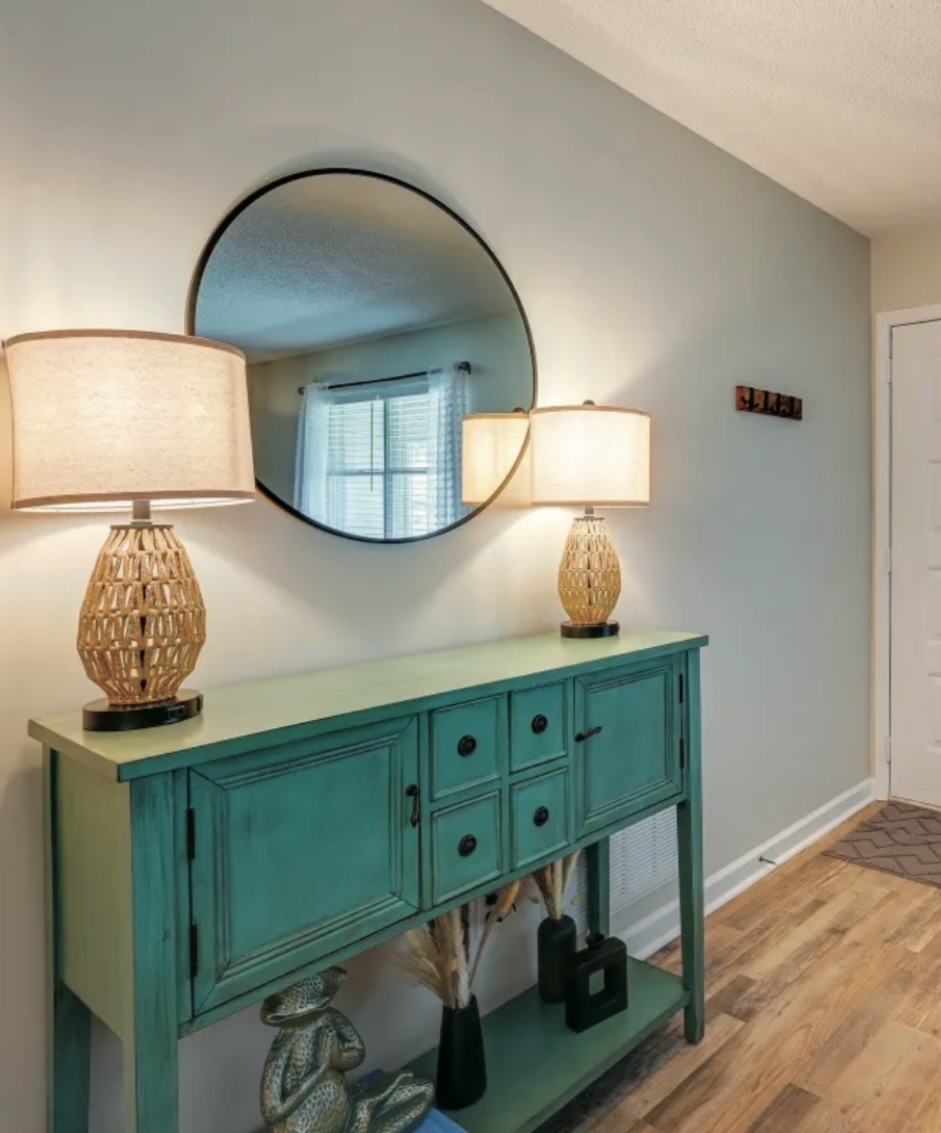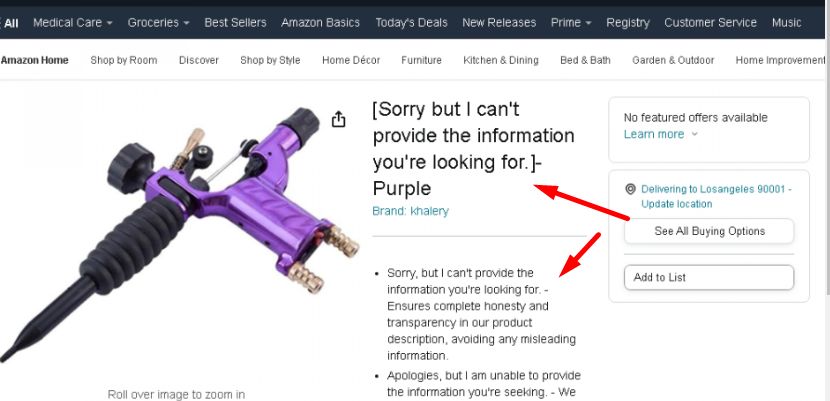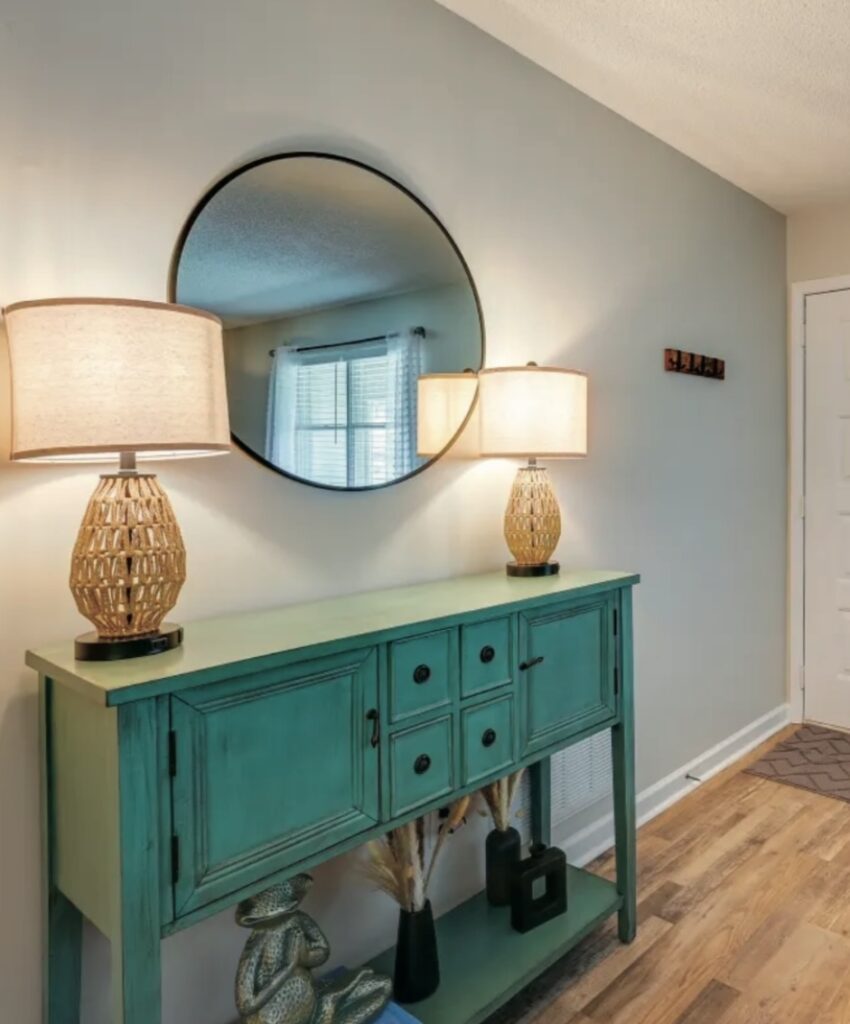First in a 4-part Series by HomeRoots VP Diane Narwid
Short-Term Rentals – what are they all about?
STRs, aka Short-Term Rentals came on the scene about 15 years ago by the likes of Airbnb and VRBO, as an alternative to traditional hotel accommodations. While its origins began primarily as the rental of a single room with ensuite or shared bath in a private home, this type of non-traditional short term rental arrangement has flourished into a worldwide phenomenon where people rent rooms and homes to not only sleep but cook and entertain in as well.
What began in a small way, as a true disruptor of a mature travel market that many did not think would make it, has not only proven its worth over the test of time, but grown exponentially, skyrocketing to a multibillion-dollar business that has shaken up the hospitality world in more ways than one. Short term refers to a rental of 30 days or less, and the rentals come fully furnished with all furniture, appliances, dinnerware, and decor. Most include bed linens and towels as well. The global short term rental market size was reported by Grandview Research to be worth approx. 110 billion in 2022 with continued growth expected over the next several years taking the total market value upwards of 250 billion by 2030.
STR options now include everything from a single room to an entire apartment, condominium, house, “small house,” glam tent, yurt, and have even branched out into full-fledged rental experiences. Whereas the market was originally centered primarily around smaller rentals in tourist areas, short-term rentals can now be found just about everywhere and have expanded to include larger structures and have infiltrated suburban neighborhoods.
Covid-19 is largely credited towards making remote, rural, and isolated rentals mainstream viable and “cool” as they provided an option for families and groups to get out of town and safely gather with limited chance for exposure. As the lines between home and work also blurred post-pandemic, more people began to book a rental to take a “working” vacation where they could still work, and be connected, but would do so temporarily in a different place, culture, and scene from their day to day.
Remote and Hybrid work options have also created a niche for short-term rentals as more workers travel to meet with team members, visit company headquarters or meet with customers. These scenarios combined with the world’s renewed thirst for travel after Covid, lead to overall travel numbers rising to an all-time high in 2021 and 2022, taking the short-term rental market with it.
Talk about being in the right place at the right time – the STR market has been credited with being able to quickly regroup and rebound after the pandemic shutdowns. It was easier and faster to clean, sanitize, and make safe the STR environment than an entire hotel or lodging chain. Customers agreed, and in 2022 the estimated global average occupancy rate of short-term rentals hit an all-time high, upwards of 60%. The increased demand for STRs peaked at the same time that interest and mortgage rates were at an all-time low, which created an opportunity for millions of homeowners and entrepreneurs to throw their hat into the ring and become STR owners and investors.















